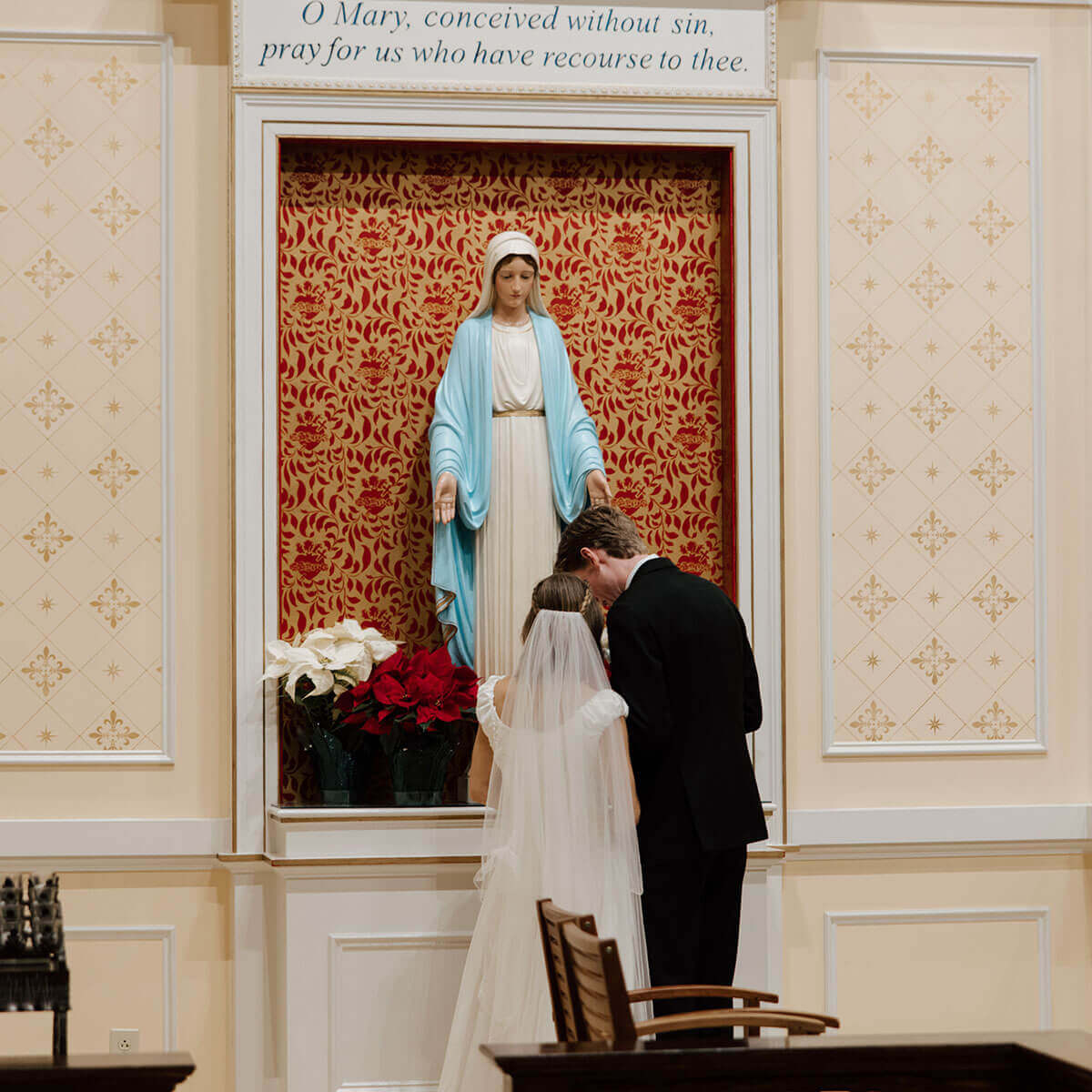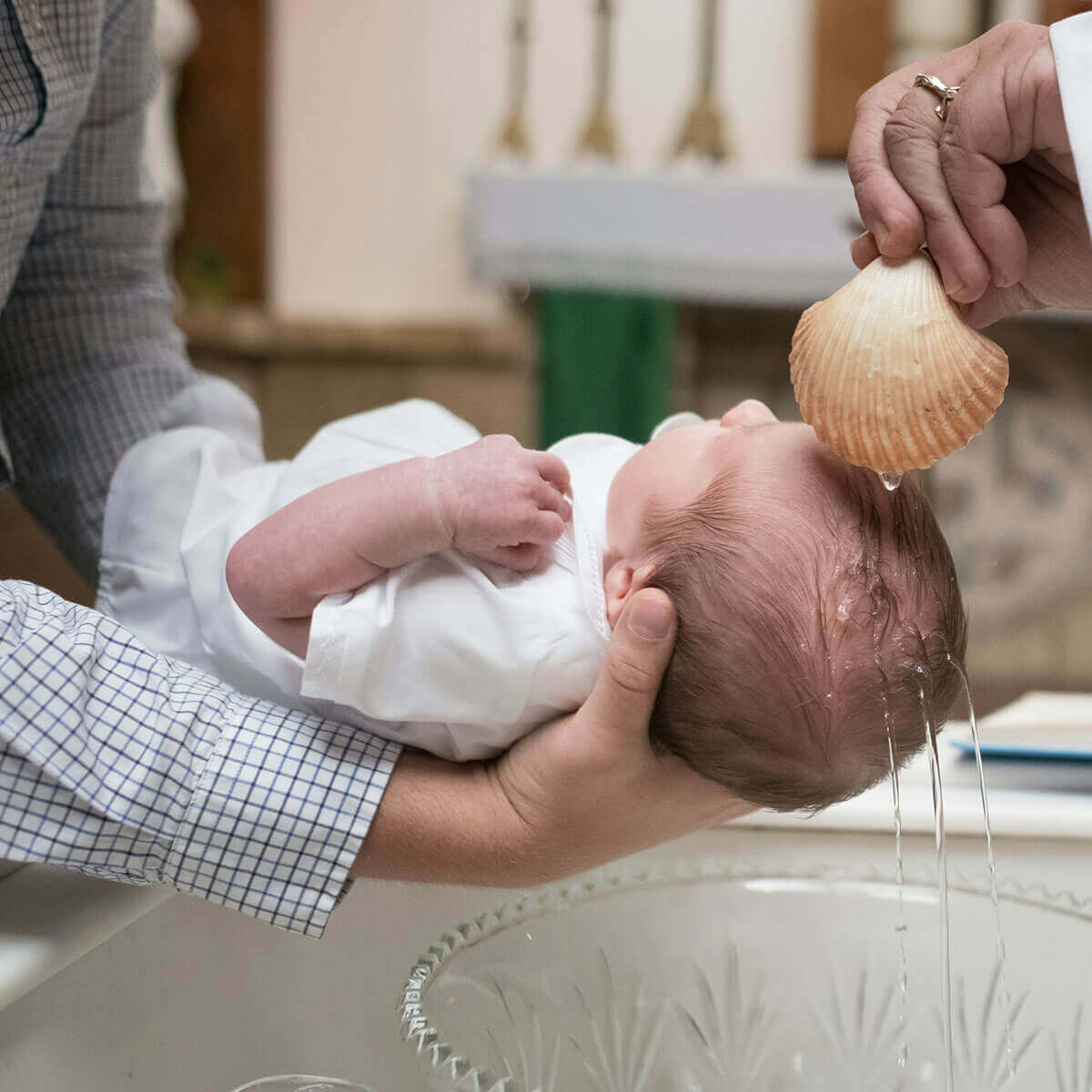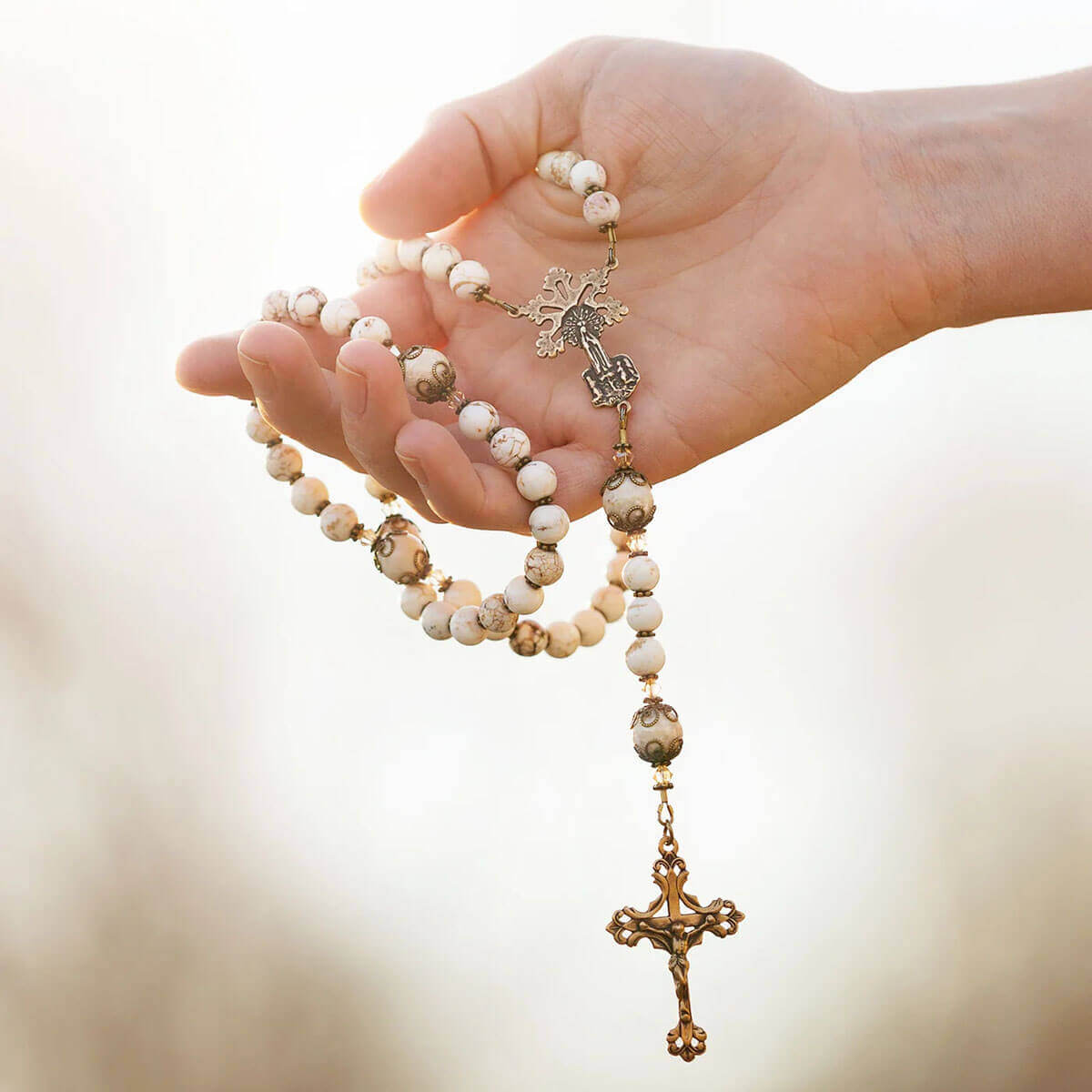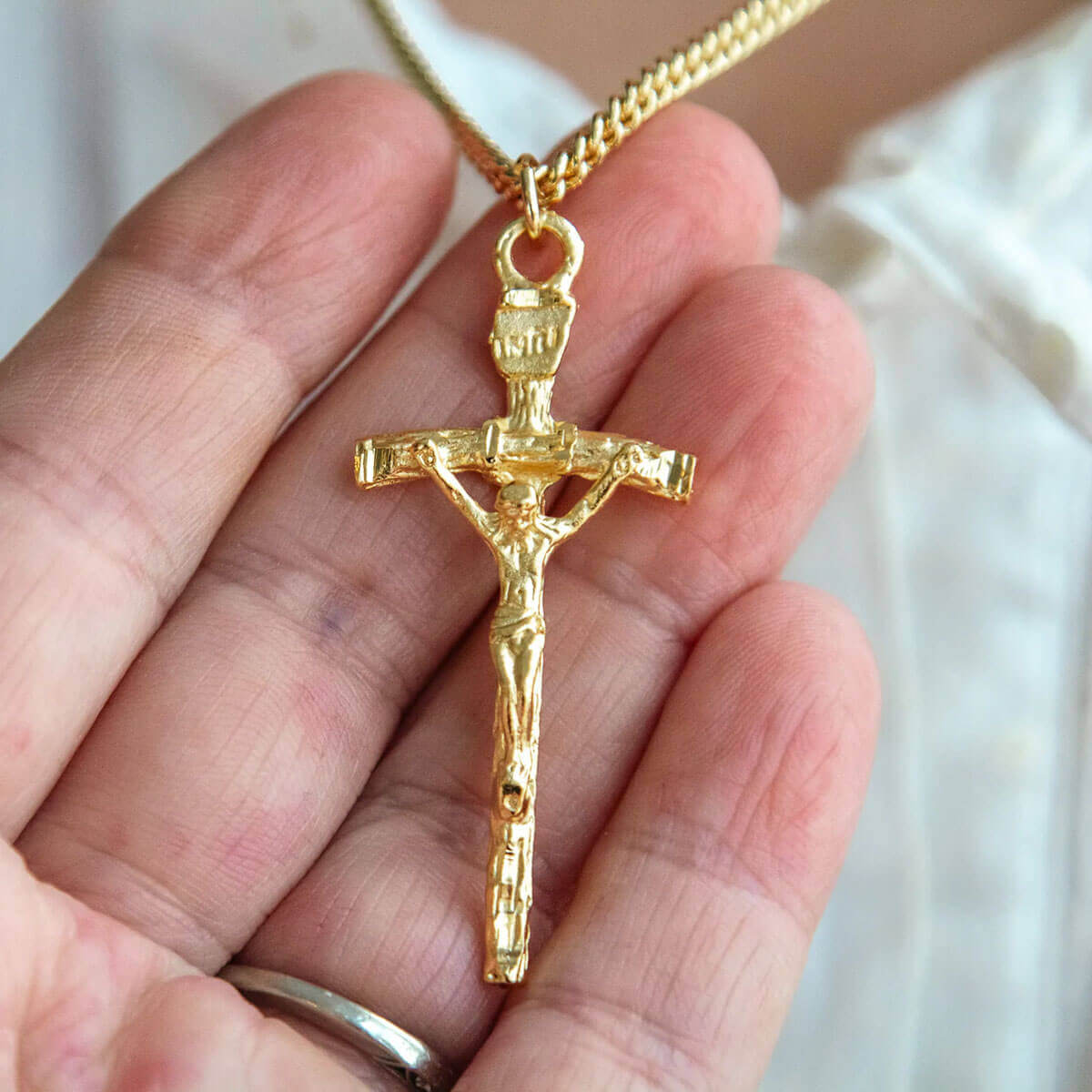In general, only clergy can administer the sacraments, including baptism. However, in emergencies, lay people can give the sacrament of baptism to a baby or anyone who wants to be baptized. The Catechism of the Catholic Church recognizes that baptism is necessary for salvation, so in an emergency situation, if a priest, deacon, or bishop cannot get to someone in time to baptize them, a layperson is allowed to step in (CCC 1256).
In order for an emergency baptism to be valid, the person administering the sacrament must follow that same form (words and actions) and matter (the material). They have to pour water three times over the unbaptized person’s head and say the words, “[unbaptized person’s name], I baptize you in the name of the Father, and of the Son, and of the Holy Spirit.”
It is also important to remember that lay people can only baptize adults or older children in emergencies who ask to be baptized. We should respect their free will and allow them to choose to enter the Church on their own.
Emergency baptisms performed by lay people are real and valid baptisms (if the correct form, matter, and intention are present), therefore if the baptized person survives they do not need to be baptized by a priest. In fact, it would have no effect because they are already baptized.
Baptism can only be received once and it initiates a person into the Christian faith. It is a serious sacrament, and that’s why it’s important that lay people only baptize in emergencies.
Check out Holy Water Bottles you can travel with here so you always have Holy Water handy just in case.























